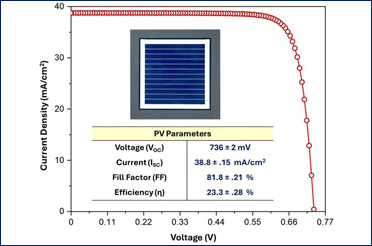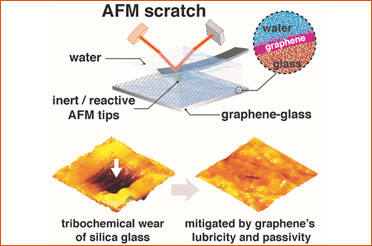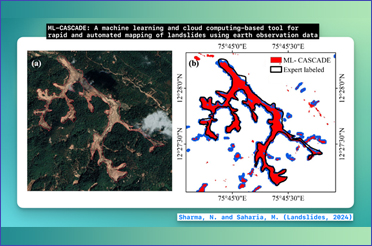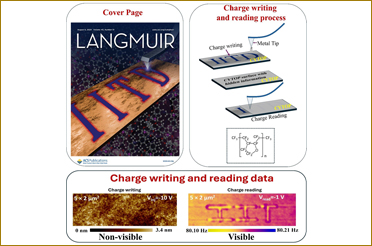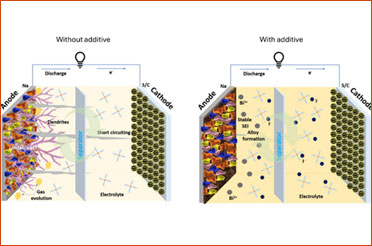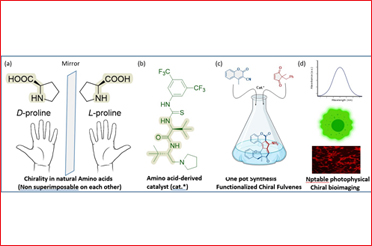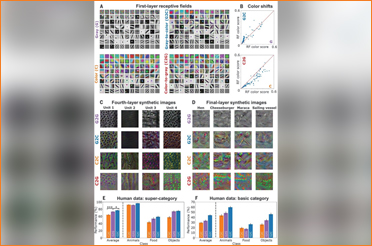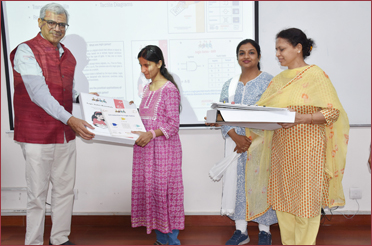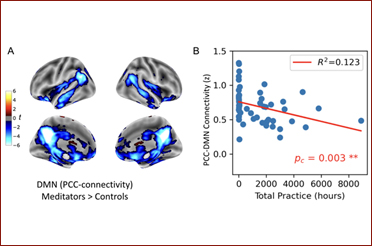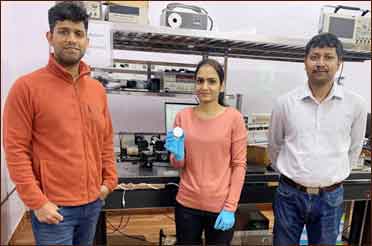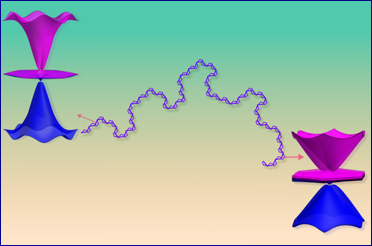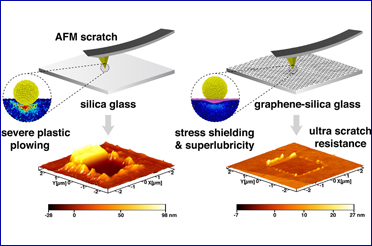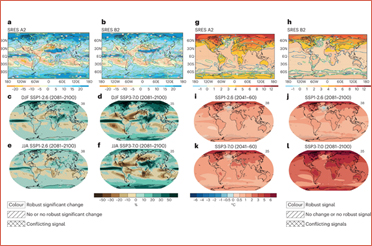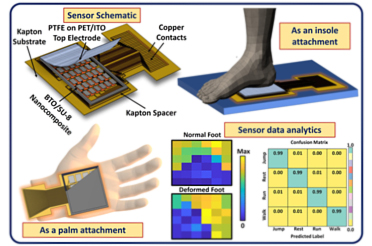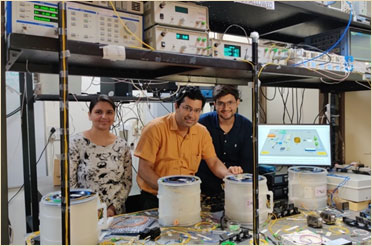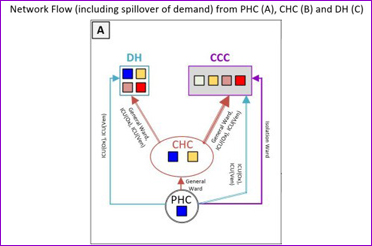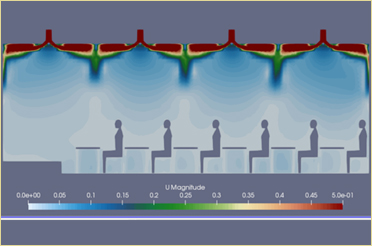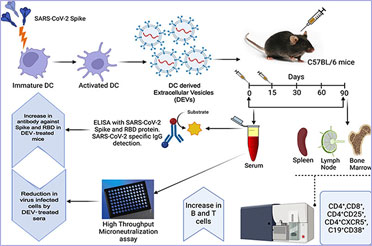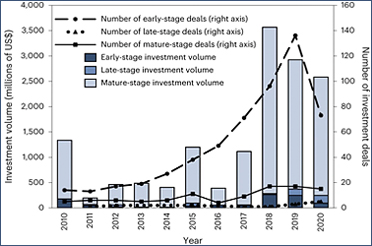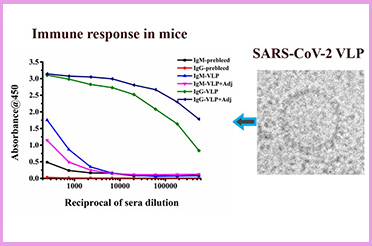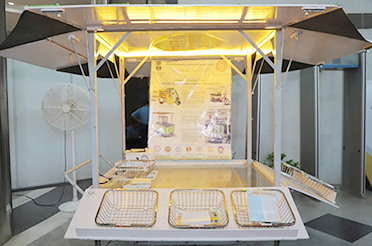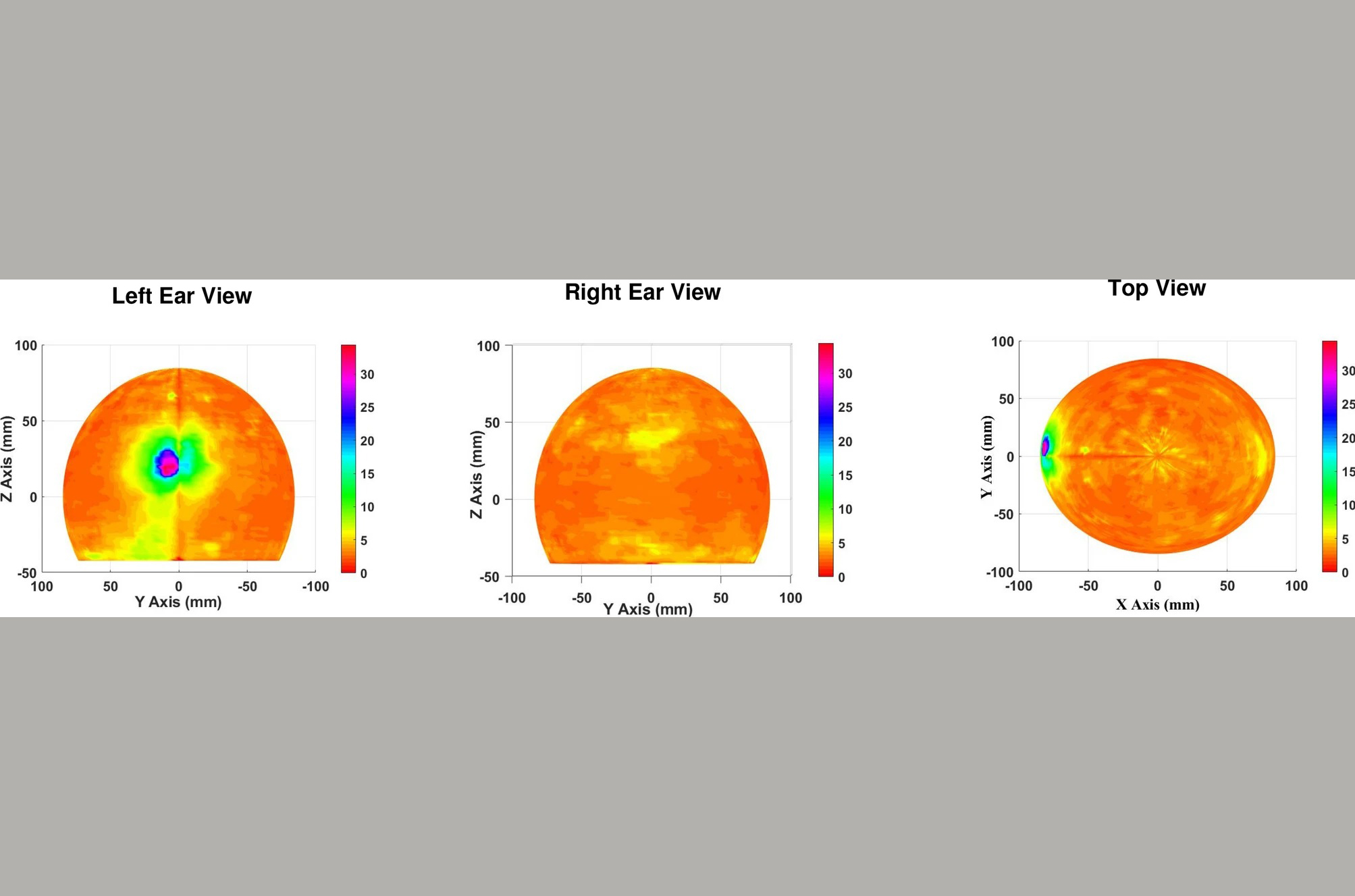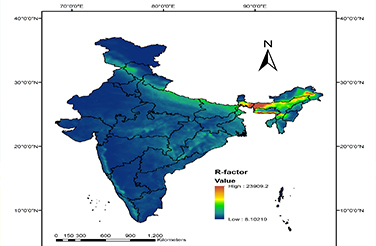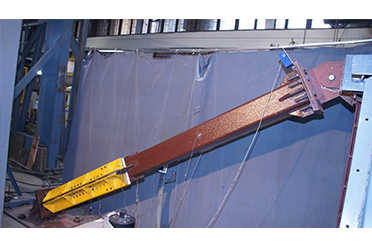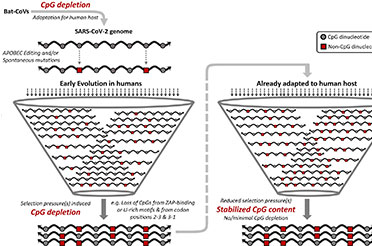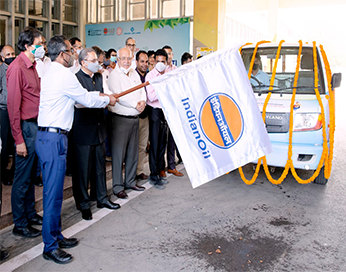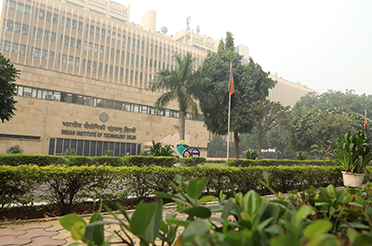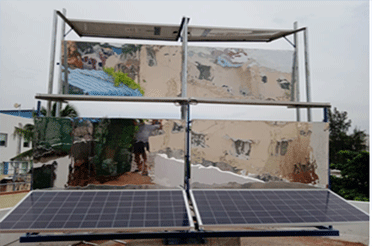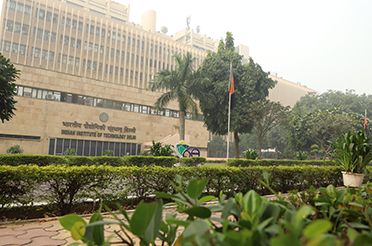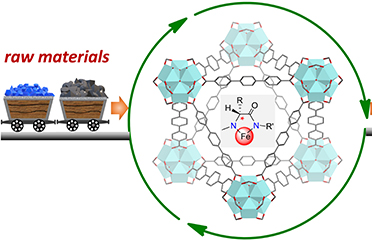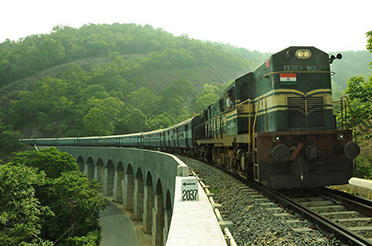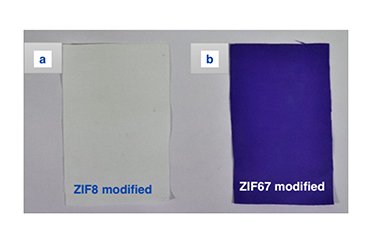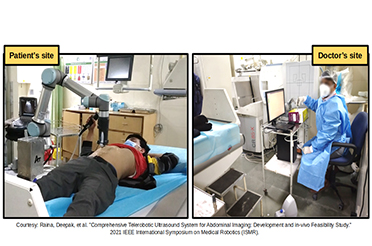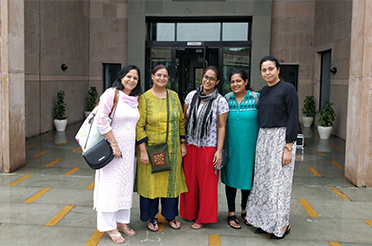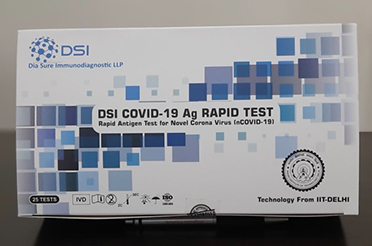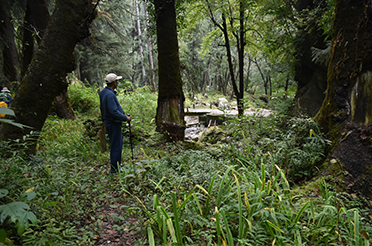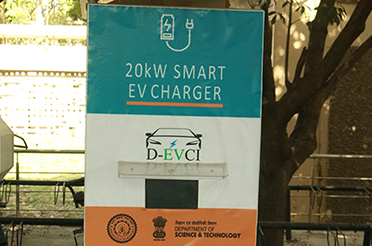Publish Date: September 11, 2023
Researchers at IIT Delhi Develop First National-Scale Mapping of Soil Erodibility
Share this on
New Delhi: The process of soil erosion starts when rainfall occurs on the soil or when water flow (runoff) displaces the soil particles.
Soil erodibility is the susceptibility of soil particles from becoming detached and reflects the combined effect of rainfall, infiltration, and runoff. It is one of the major factors used to estimate soil loss and reflects the effect of soil structure, texture, permeability, and organic matter content in countering soil erosion.
Till now, soil erodibility assessments have been conducted in specific regions or catchments, but a national-scale assessment of soil erodibility was required. Now, researchers at IIT Delhi have developed a national-scale mapping of soil erodibility, a first of its kind in the country.
This national-scale mapping of soil erodibility highlights specific areas where the soil is most prone towards erosion.
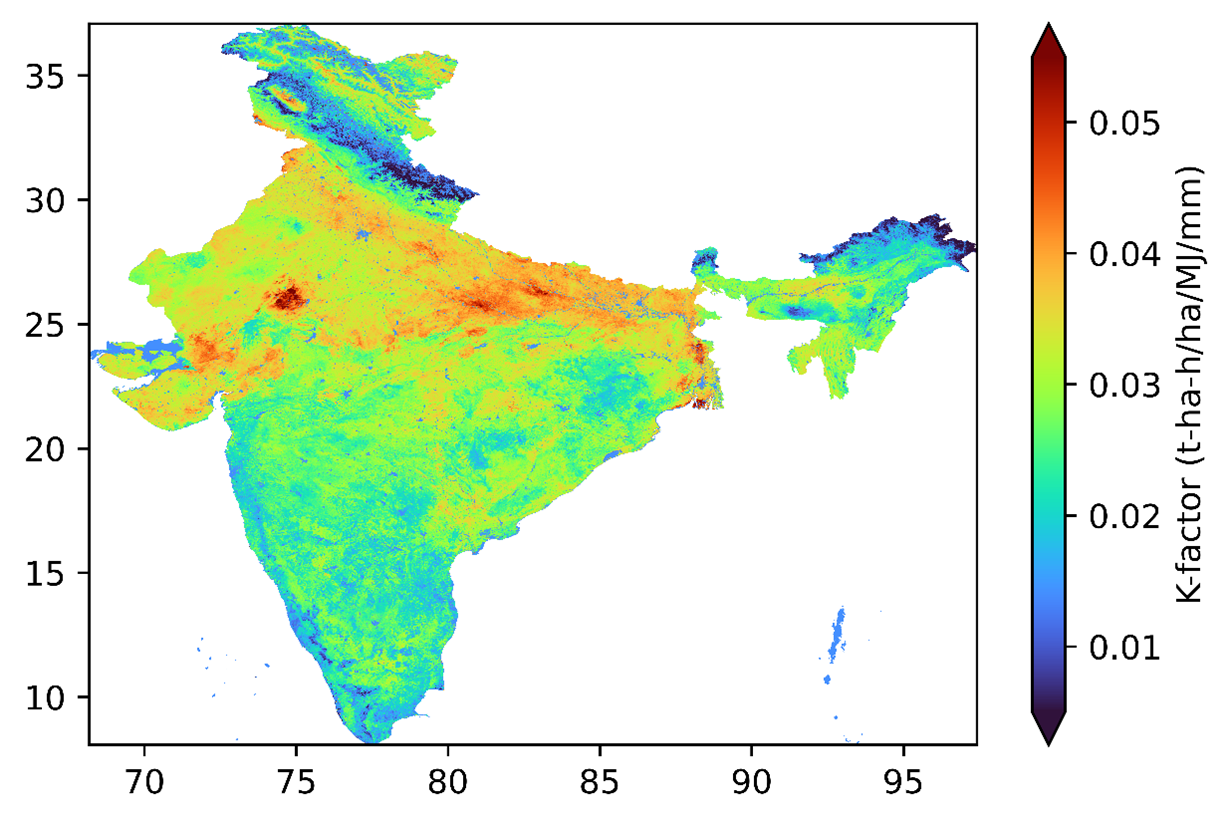
(Photo: National Soil Erodibility Map for India)
The researchers in their study have found that out of the 50 districts with the most erodible soil, 29 are in Uttar Pradesh, 13 are in Bihar, 3 in Gujarat, 2 each in Haryana and Rajasthan, and 1 in Punjab.
“This reflects the combine contribution to erosion due to rainfall, runoff, land use, land cover, deforestation, and agricultural practices. This study fills a critical gap and brings us one step closer to estimating soil loss at a national level and developing a soil erosion model”, said Prof. Manabendra Saharia, Department of Civil Engineering, IIT Delhi.
Prof. Saharia added, “Soil erosion is a significant trigger for land degradation and a major global geo-environmental issue. Being able to assess its causes and impacts at a high-resolution will help us develop a national soil conservation plan that can help our vital agricultural sector”.
The study by Mr. Ravi Raj (PhD Scholar), Prof. Manabendra Saharia and Prof. Sumedha Chakma from the Hydrosense Lab (https://hydrosense.iitd.ac.in/), Department of Civil Engineering at IIT Delhi, exploring the spatial variation of soil erodibility and its relationships with soil properties in India was published in CATENA (https://doi.org/10.1016/j.catena.2023.107271).
The dataset has been freely released as the Indian Soil Erodibility Dataset (ISED, https://zenodo.org/record/8011445) at a spatial resolution of 250 m.
The study estimated the national average soil erodibility factors for India as 0.028 and 0.034 t-ha-h/ha/MJ/mm using Nomograph and EPIC models, respectively.
The researchers found histosols soil type as least susceptible to soil erosion, having the lowest average K-factor (0.011 t-ha-h/ha/MJ/mm), while the Xerosols soil type was observed as most susceptible to soil erosion, having the highest average K-factor (0.034 t-ha-h/ha/MJ/mm) corresponding to the soil classes in Indian conditions.
In addition to this, the researchers conducted a comprehensive statistical analysis of the soil erodibility map to visualize its distribution over the national territory in terms of the different soil types, textures, and percentage ranges of erodibility values. The results indicated that the K-factor, estimated using the Nomograph approach, exhibited a stronger correlation with the observed K-factors retrieved from the literature.
They further suggested that the CLOM factor, which indicates the availability of soil organic carbon content, showed a high correlation with the K-factor, specifically in the Indian region, among the erodibility indices. This study develops a comprehensive understanding of soil erodibility and its indices over India and will be an important dataset to perform soil loss estimations at a national scale.
******


